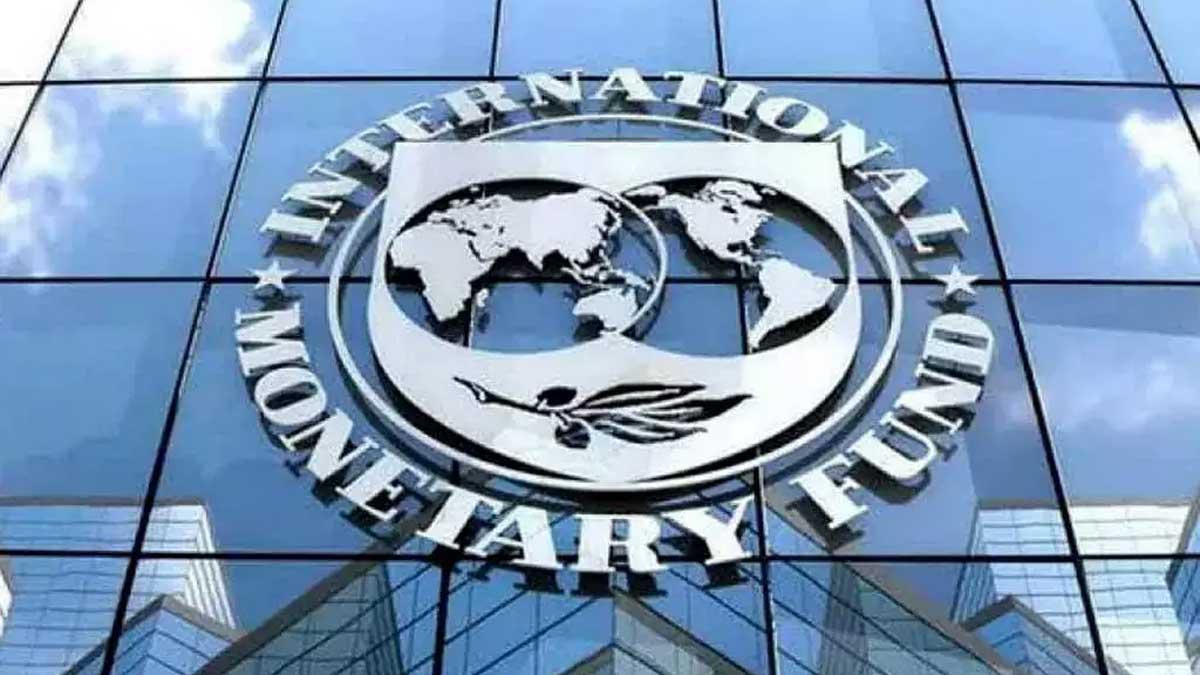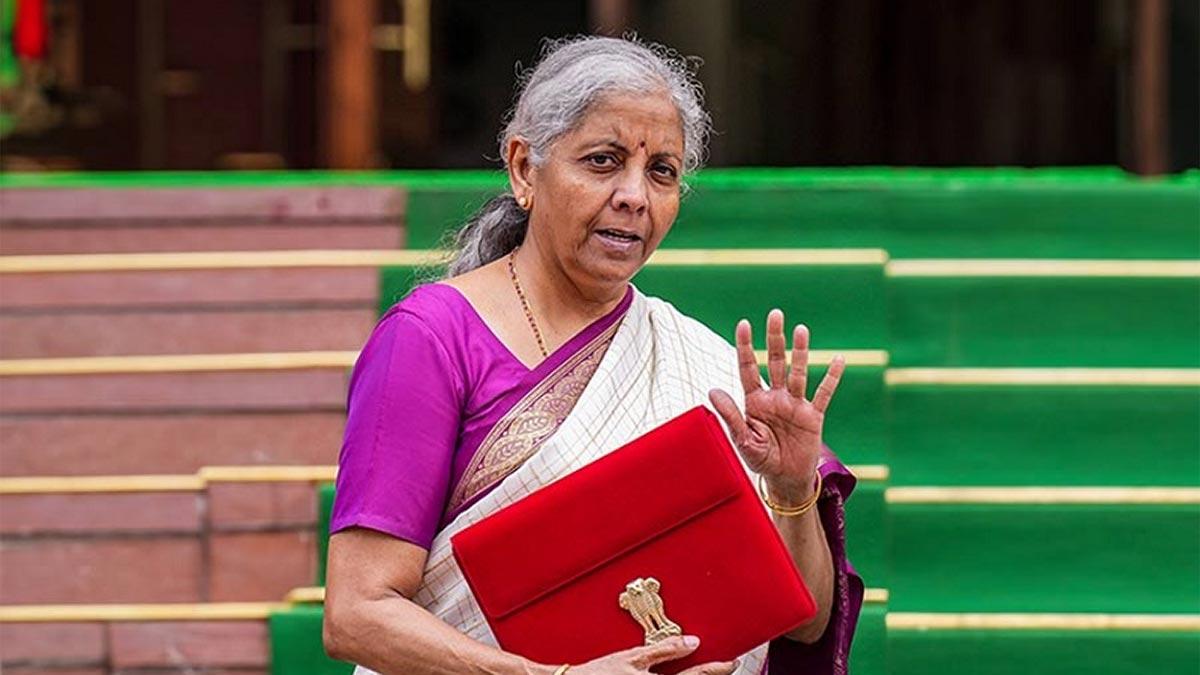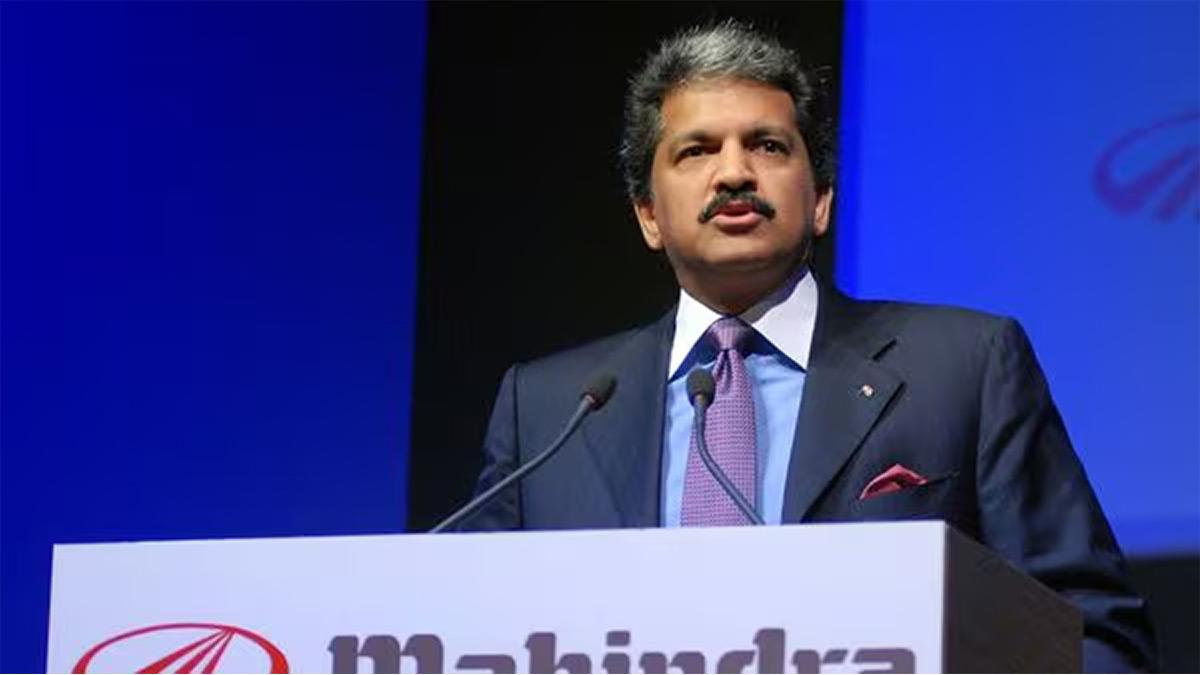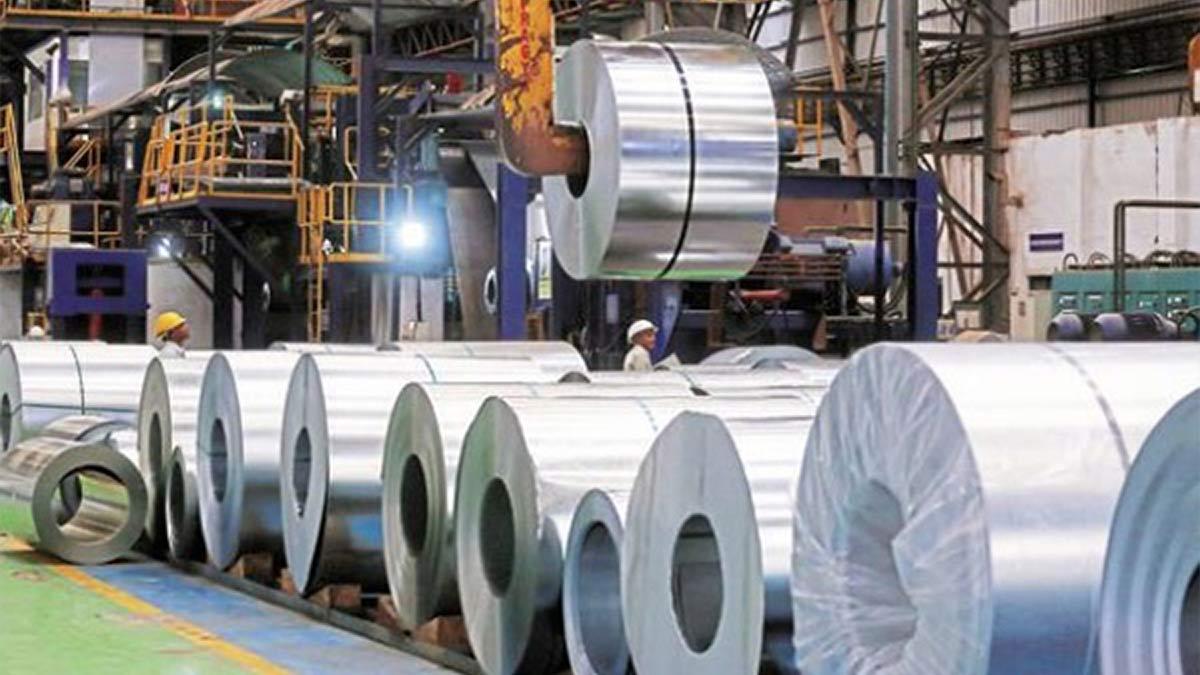International organizations like the IMF and UNCTAD have identified India as a significant contributor to global economic growth in the coming years. With India emerging as the fastest-growing economy among emerging markets, surpassing China which is experiencing a GDP growth slowdown, it's seen as a beacon of growth in the international arena. The IMF's recent World Economic Outlook report not only revised India's growth forecast upward to 6.8 percent for 2024-25 but also emphasized its pivotal role in bolstering global economic expansion.
The report attributes India's robust growth to robust domestic demand, fueled by substantial government spending on critical infrastructure projects like highways, railways, ports, and power plants, alongside a resurgence in rural consumption. Investments in agriculture, rural employment schemes such as MNREGA, and initiatives supporting women self-help groups have further stimulated rural demand, expanding the market for industrial goods.
Under Prime Minister Narendra Modi's leadership, significant strides have been made in infrastructure development, with over 90,000 kilometers of national highways constructed in the last decade, nearly doubling the previous decade's achievements. Government investments in highway infrastructure have surged more than fourfold, reaching Rs 2.4 lakh crore in 2022-23 from Rs 51,000 crore in 2013-14.
The latest UNCTAD report echoes the IMF's optimism, forecasting India's economic growth at 6.5 percent in 2024, amidst a global economic outlook hovering just above recessionary levels. India's resilience is attributed to robust public investment and dynamic growth in the service sector. Moreover, projections indicate sustained momentum in road construction, with up to 13,000 kilometers expected to be added in 2024-25, supported by a robust project pipeline and increased government outlay.
Investments in large-scale infrastructure projects not only create employment opportunities but also trigger a ripple effect throughout the economy, boosting demand for raw materials like steel and cement and attracting private sector investments. Recognizing the multiplier effect of such investments, the government has significantly augmented its capital expenditure outlay on infrastructure projects, aiming to catalyze growth and job creation. The recent budgetary allocations reflect a concerted effort to sustain the investment-driven growth trajectory, with substantial increases in capital outlay aimed at further stimulating economic activity and attracting private sector participation.
By reducing the fiscal deficit, the government aims to free up resources for private sector investments, thus fueling growth and employment generation. This strategy is expected to create a virtuous cycle of investment, job creation, and economic expansion, positioning India as a key driver of global growth in the years to come.
Read also | IMF Upgrades India's Growth Forecast to 6.8% for 2024
Read also | ICRA Report Forecasts Addition of 13,000 Kilometers of Highways in India for 2024-25


















